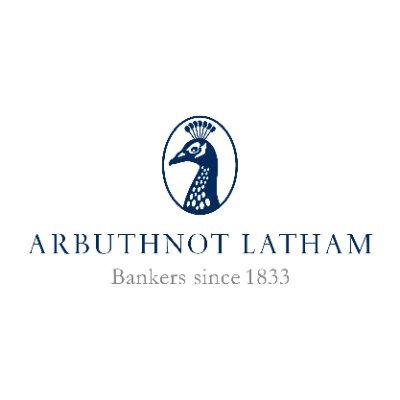Arbuthnot Banking Group plc (LON:ARBB) smashed expectations with underlying 1H’22 profits of £10.7m, which is more than we had forecast for the full year. This was driven by widening margins in a rising rate environment, and, in particular, being a bank with relationship deposits rather than rate-sensitive best-buy accounts. Before getting too excited, we note 1H’21 was exceptional, and margins will normalise over time, but we have materially increased both FY’22 and FY’23 estimates, despite cost pressures. Current credit cost metrics continue to improve, and management indicates its forward-looking metrics show no signs of stress. Growth and new capital requirements are absorbing the previously large capital surplus.
- Margin management: We had expected Arbuthnot Banking Group to show good growth in interest income but for interest costs to rise with higher market interest rates. The current cost of funds (37bp) is still below the 2021 average (39bp) as its relationship and term accounts have not yet re-priced, and it has not competed for deposits.
- Results in more detail (1H’21 numbers in brackets): PBT £3.4m (£3.0m). Underlying PBT £10.7m (£6.5m). Group operating income £60.9m (£41.3m). Earnings per share 17.8p (27.2p). Loans £2.1bn (£1.9bn). Deposits £2.8bn (£2.6bn). AUM £1.3bn (£1.22bn). NAV £13.00 (£12.92). Dividend 17p (16p).
- Valuation: Our multiple approaches see a broad range of valuations: £11.51 Dividend Discount Model (DDM), £19.53 SOTP and £18.97 Gordon Growth Model (GGM). The average is £16.67, up from £15.59, reflecting earnings upgrades. Trading at 64% of NAV appears anomalous with a franchise earning above cost of capital returns.
- Risks: Going forward, the key risk is credit where all the metrics remain positive. Historically, ABG has been very conservative in lending criteria and security taken. Its financial strength means that ABG can take time to optimise recoveries. Other risks include reputation, regulation and compliance.
- Investment summary: Arbuthnot Banking Group offers strong-franchise and continuing-business (normalised) profit growth. Its balance sheet strength gives it a number of wide-ranging options to develop organic and inorganic opportunities. The latter are likely to increase in uncertain times. Management has been innovative, but also very conservative, in managing risk. Having a profitable, well-funded, well-capitalised and strongly growing bank priced below book value is an anomaly.







































